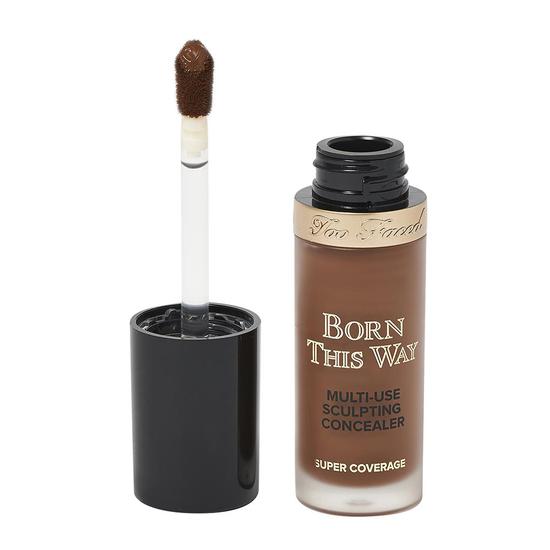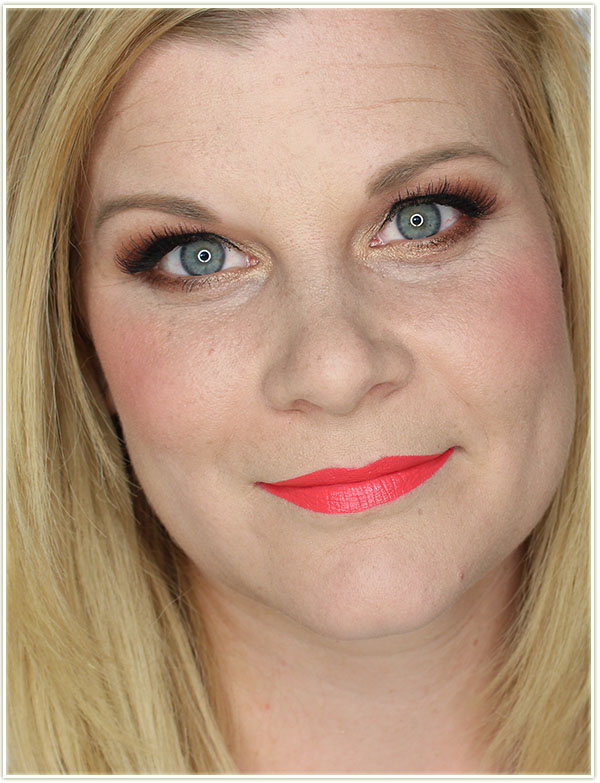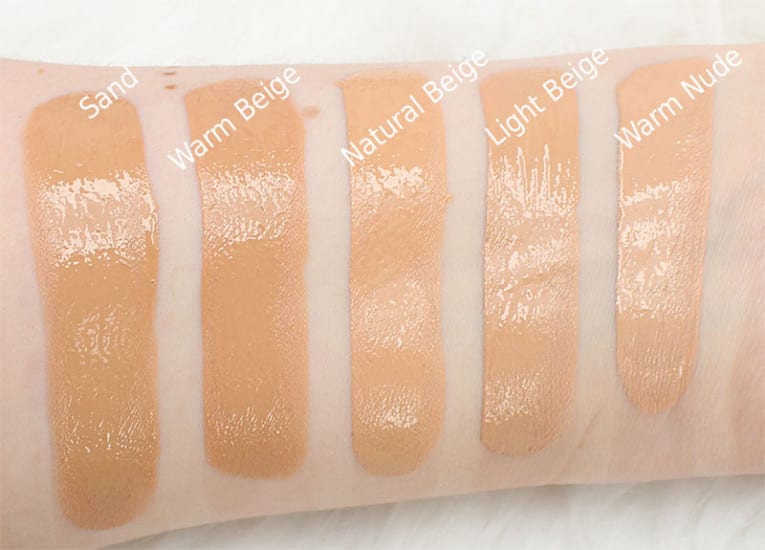
- #Too faced born this way concealer foundation matches how to
- #Too faced born this way concealer foundation matches skin
- #Too faced born this way concealer foundation matches professional
Unlike surface color, which can change with a tan or certain brightening products, your undertone remains constant.Ĭool - Characterized by a bluish undertone to the skin. Basically, undertone is exactly what it sounds like the color tone underneath the surface color of your skin.
#Too faced born this way concealer foundation matches skin
Onto undertone, often one of the most misunderstood (or ignored) elements of skin tone.
#Too faced born this way concealer foundation matches professional
If you won’t settle for anything less than a professional opinion, this is the method for you. Get a test done at your local beauty storeĪh, technology! In the past few years, many beauty stores have started offering skin tone/foundation matching tests that you can have done in less than 10 minutes. Because the jawline tends to be unaffected by typical skin conditions, it can be a great area to get a sense of your true color.ģ. Oftentimes, your jawline is the best place to see your “pure”, unobstructed surface color. Especially if you’re on the fence between two color categories, having a second opinion can be helpful. Probably the simplest way to determine your surface color is to ask a friend or family member.

#Too faced born this way concealer foundation matches how to
How to tell your surface color? There are a few tried and true steps you can take. Tanning is one of the most common examples, however, rosacea, hyperpigmentation, dark spots, acne, and general redness can all have an effect on how you perceive your surface color. You likely already have a good general idea of your surface color, but if you’re struggling to differentiate between, for example, fair and light, there are a couple things you can do to help.Ĭertain external factors can have an effect on your overall skin tone. Medium - You have a tan skin tone with warm golden or olive undertones. You likely are able to tan in the summer. Light - Generally those with skin considered “light” have warmer undertones (we’ll get to that in a second) than those with fair skin. You likely burn easy, and have light or red hair. To make it easier for you, there are already four (broad) categories of color that your skin might fall into, which are:įair - The lightest range of skin tones. Think of surface color as how you’d describe your skin to someone else, i.e, “light”, “tan”, “dark”, etc.

You’ve just got to learn a few new terms first.įirst of all, you’re going to want to become familiar with two concepts: surface color and undertone.

Unlike yesteryears when the categories of “light”, “medium”, and “dark” were enough to find a decent match, today’s wide assortment of face products and foundation lines with more targeted shade ranges warrants a better understanding of our skin’s unique hue.įiguring out your exact skin tone doesn’t have to be a confusing affair though. Plus, learning your skin tone can help you to choose flattering shades for clothing, lipstick, hair color, and more. If you wear any kind of face makeup at all, it’s crucial you understand your skin tone to be able to find the correct shade of foundation and concealer. It’s something you’re born with, but often your skin tone is something you might not even know how to describe accurately yourself.


 0 kommentar(er)
0 kommentar(er)
